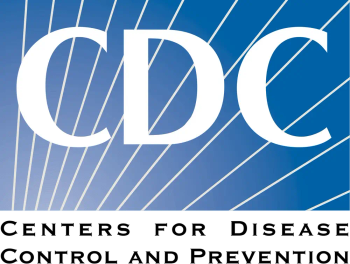
IDSA Updates Guidance for Paxlovid, Anakinra
The recommendations look to increase usage of the antiviral and decrease the routine use of the recombinant IL-1 inhibitor for COVID-19 treatment.
The Infectious Diseases Society of America (IDSA) announced updated recommendations regarding usage of Paxlovid (nirmatrelvir/ritonavir) and anakinra for treating patients with COVID-19. In the former, they are looking to increase usage in appropriate patients and eliminate usage in the latter.
This is part of the IDSA Guidelines on the Treatment and Management of Patients with COVID-19 document that was created in 2021 and has been updated periodically to reflect changes in clinical care. Specifically, the recommendations come after new literature has been published and approvals occur.
For the new recommendations, IDSA has created pdfs with the written guidance. To learn more about the updates, go to the
Here is some specific information on nirmatrelvir/ritonavir and anakinra.
Paxlovid
IDSA updated remarks for the existing recommendation on the use of nirmatrelvir/ritonavir for patients with mild-to-moderate COVID-19 at high risk for progression to severe disease.
“In ambulatory patients with mild-to-moderate COVID-19 at high risk for progression to severe disease, the IDSA guideline panel suggests nirmatrelvir/ritonavir initiated within five days of symptom onset rather than no nirmatrelvir/ritonavir,” the authors wrote.
There are some medication classes where there is drug interactions with nirmatrelvir/ritonavir, such as statins. Douglas S. Paauw, MD, MACP, professor of medicine, University of Washington
In a recent
“For people over the age of 65 and have mild or moderate COVID, the use of antivirals, like Paxlovid, are frequently indicated,” Del Rio said. “People might say, ‘I don’t have severe symptoms so I don’t need treatment.’ And we need to remind people to get treated, not because they have severe symptoms or not, but they have risk factors for severe disease.”
There has been a public health shift away from complete prevention of COVID-19 infection to stopping progression to severe disease that may be more likely to result in hospitalization and potentially death. Antivirals are an important part of the strategy.
A
The final analyses included 7274 Paxlovid recipients and 126152 nonrecipients. Of all these COVID-19 patients, 75.2% of Paxlovid patients (n = 5472) and 67.1% of nonrecipients (n = 84657) were tested and diagnosed within 5 days of symptom onset.
The investigators found that Paxlovid had an estimated effectiveness of 53.6% in preventing hospital admission or death within 30 days of COVID-19 diagnosis. When Paxlovid was administered within 5 days of symptom onset, this efficacy increased to 79.6%. Efficacy increased to 89.6% when the subgroup of patients diagnosed within 5 days began Paxlovid on the day they tested positive.
Another study discussed the “
Anakinra
Conversely, IDSA recommended against using anakinra for treatment of COVID-19. “In hospitalized patients with severe* COVID-19, the IDSA guideline panel suggests against the routine use of anakinra,” the authors wrote.
They defined severe illness as patients with SpO2 ≤94% on room air, including patients on supplemental oxygen.
Newsletter
Stay ahead of emerging infectious disease threats with expert insights and breaking research. Subscribe now to get updates delivered straight to your inbox.


















































































































































































































































































